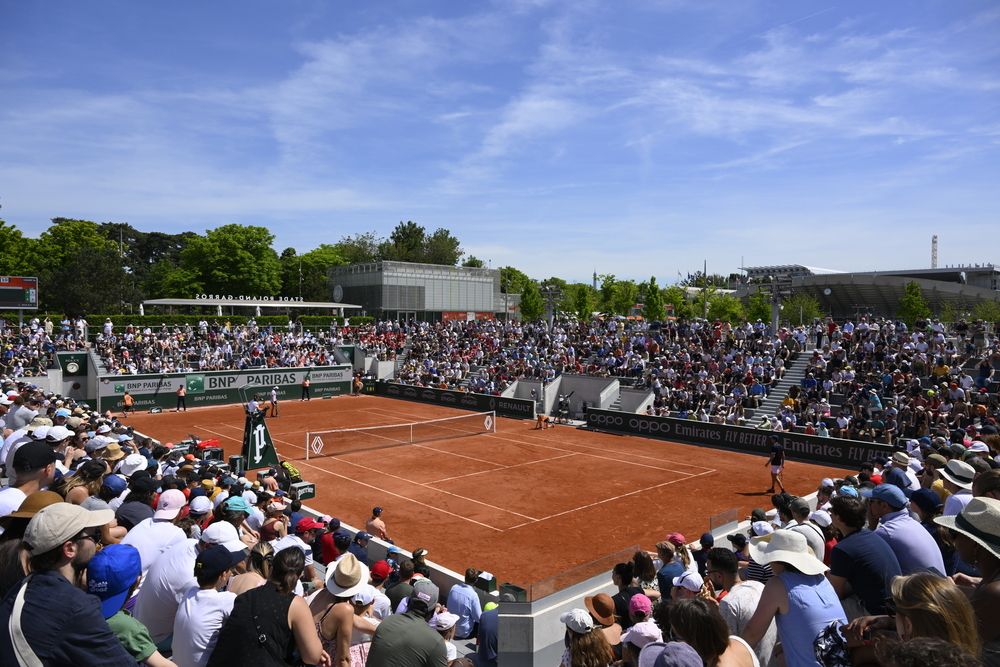Stade Roland Garros, or the Roland Garros Stadium, is a sports complex of tennis courts situated in the French city of Paris. The complex is home to the French Open, a Grand Slam tournament also known as Roland Garros. The tournament is played every year usually around late May and early June.
The complex gets its name from Roland Garros, a French aviator and fighter pilot who played a significant role in World War I. The stadium was constructed in 1928.
Spreading over 34 acres of land, the complex comprises twenty courts and three large stadiums- a massive restaurant and bar complex known as Les Jardins de Roland Garros, a large VIP and press space known as Le Village, and the Tenniseum, a museum that highlights the rich history of tennis.
The complex also contains France’s National Training Centre (CNE).
The stadium’s name is derived from Roland Garros, a fighter pilot and the first aviator to fly over the Mediterranean Sea. The war hero was also responsible for inventing an armored propeller for fighter jets. Garros, a World War I hero, killed four enemy jets. He died in 1918, just a day before turning 30.
The surface of the Stade Roland Garros consists of red clay, with courts containing white limestone and red brick dust in powder form.
Also Read: Djokovic, Swiatek assert world no 1 dominance, win Italian Open 2022
Below the few centimeters of porous limestone lies 6 inches of volcanic rock, followed by 91 centimeters of sand. The elements lie on top of a slab of concrete.
In order to create a sturdy coat layer in each court, crushed brick is spread on the limestone surface through rollers and is then dipped in water. This procedure is repeated multiple times until a suitable layer is formed.
Also Read: French Open 2022: When and where to watch the upcoming Grand Slam
The crushed brick helps the court be permeable enough to maintain ball marks and footprints, but also solid enough to avoid a slippery or sponge-like surface. During tournament seasons, workers fix the surface by dragging rectangular chain links through it. The brick dust is refilled as per requirement, but regularly during important tournaments, such as the French Open.







